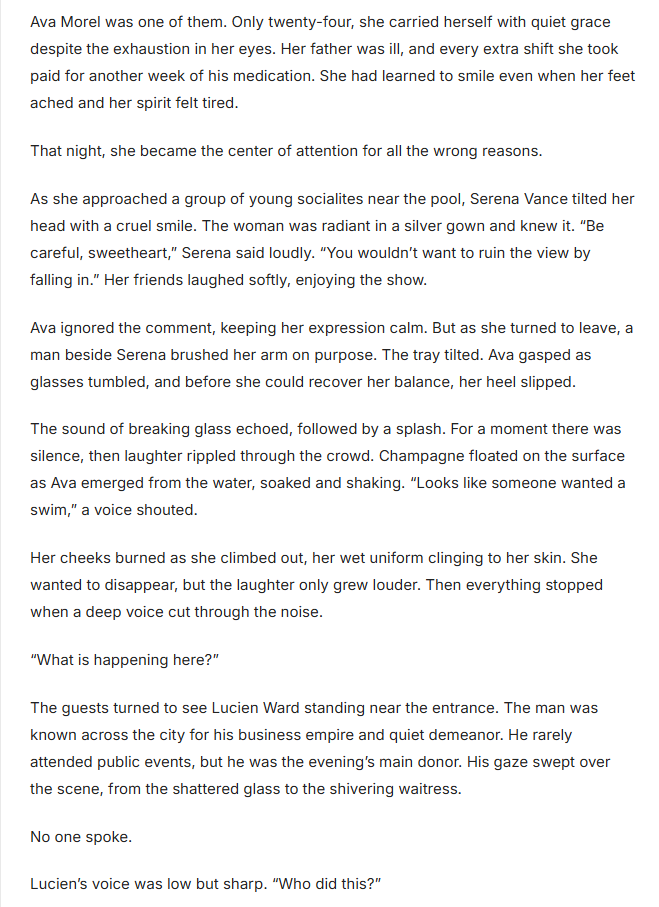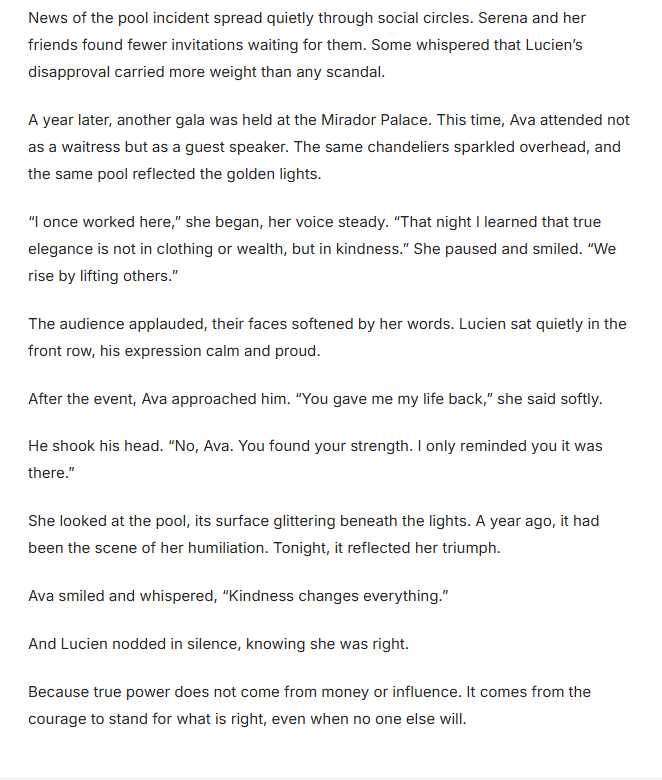In a fast-paced world where meals are often rushed or consumed on the go, the art of truly experiencing food has become something of a lost practice. Mindful eating—an approach that emphasizes presence, attention, and sensory engagement during meals—is gaining renewed interest among those looking to cultivate healthier relationships with food. One particularly powerful, yet often overlooked, dimension of this practice is the exploration of food textures.
When we bring our full awareness to how food feels in our mouth—the crunch of a carrot, the creaminess of mashed potatoes, the snap of a crisp apple—we open ourselves up to a deeper, richer experience of eating. Texture not only enhances enjoyment, but also plays a critical role in satiety, digestion, and food satisfaction.






What Is Mindful Eating?
Mindful eating is the practice of being fully present and engaged while eating. It encourages slowing down, paying attention to physical hunger and fullness cues, and cultivating awareness of the entire eating experience. Rather than focusing on calories, portion sizes, or dietary rules, this approach invites individuals to tune into their bodies and the sensory qualities of food.
This includes the appearance, aroma, taste, and yes—texture—of every bite.
The Often-Ignored Sense: Texture
When people think about eating mindfully, they often concentrate on taste. While flavor is undoubtedly important, the texture of food contributes equally—if not more—in shaping our perception of a meal. Texture includes qualities like crunchiness, smoothness, juiciness, chewiness, and creaminess. Each texture creates a distinct sensory impression that can influence how satisfied we feel, how much we enjoy our food, and even how much we eat.
For instance, a crunchy salad can be more mentally and physically satisfying than a soft puréed soup, even if they contain similar ingredients. This is because the act of chewing and the sensation of resistance provided by the texture play a role in signaling fullness to the brain.
Engaging the Senses During Meals
One of the core aspects of mindful eating is bringing all the senses into the eating experience. Sight and smell often get their due attention, but texture invites a tactile engagement that goes beyond passive observation.
Here are some ways to incorporate textural awareness into your meals:
- Before taking a bite, observe the food. Notice its visual texture—glossy, rough, bumpy, smooth. This can set the stage for what’s to come.
- As you chew, pay close attention to the way the food feels in your mouth. Is it soft, firm, fibrous, or crunchy? How does it change as you chew?
- Tune into your preferences. What textures do you enjoy most? Do you prefer crisp and light, or dense and chewy? Discovering this can help you make more satisfying food choices.
The Role of Texture in Satiety and Satisfaction
Texture does more than just provide pleasure—it plays a vital role in how full we feel and how long satisfaction from a meal lasts.
Chewing, for example, not only breaks down food for digestion but also activates neural mechanisms that signal fullness. Studies have shown that foods that require more chewing lead to lower overall food intake. Think of the difference between eating an apple and drinking apple juice. The apple requires time, chewing, and attention, while juice is consumed quickly with minimal engagement.
This difference matters. The apple’s crunchy texture provides not just a physical barrier to overconsumption but a psychological one. You become more aware of the eating process, giving your body and mind time to catch up with satiety signals.
Mindful Eating Practices Focused on Texture
If you’re looking to deepen your practice of mindful eating through textural exploration, here are some techniques to try:
1. The Single-Bite Exercise
Take a single bite of a textured food—such as a piece of toasted bread or a chunk of watermelon. Close your eyes and chew slowly, noticing every sensation. Focus on the shift in texture as you continue chewing. When does the crunch become soft? Does the juiciness increase before fading? Describe it mentally or aloud if you’re comfortable.
2. Textural Contrast Meals
Prepare meals that intentionally combine different textures: crisp with soft, smooth with coarse. For example, a bowl of yogurt with granola and berries offers creaminess, crunch, and juiciness. This kind of variety not only enhances satisfaction but keeps you more engaged in the eating experience.
3. Eating Without Distractions
Turn off screens, step away from work, and sit down with your food. When you’re not distracted, you’re more likely to notice texture. The crispness of roasted vegetables or the silkiness of pasta comes alive when your focus is undivided.
4. The 20-Chew Rule
Try chewing each bite at least 20 times before swallowing. This simple practice forces you to slow down and tune into the textural qualities of your food. You’ll likely find that even familiar foods feel surprisingly new when given this much attention.
Emotional Awareness and Texture Preferences
Interestingly, texture preferences are often linked to our emotions and food memories. A warm, creamy soup might remind you of comfort during childhood illness, while the crunch of popcorn might evoke memories of movie nights. Becoming aware of these emotional connections can enrich your understanding of why you gravitate toward certain foods.
Being mindful doesn’t mean judging your preferences—it’s about noticing them. If you find yourself constantly seeking crunchy, salty snacks during stress, you can explore what’s behind that urge. Often, the texture provides a sensory satisfaction that’s more about emotional comfort than physical hunger.
Cultural and Personal Texture Norms
Different cultures place varying emphasis on food textures. In some Asian cuisines, for example, textures like gelatinous, slimy, or sticky are highly prized, while Western palates might favor crispness and smoothness. Exploring food textures can also be a journey into cultural appreciation and curiosity.
Being open to new textural experiences can expand not only your palate but your sense of food awareness. Trying a food that feels unfamiliar—even slightly uncomfortable—can become an exercise in expanding your sensory vocabulary.
Food Texture and Mind-Gut Connection
There’s growing evidence of a strong connection between the gut and the brain. When we eat in a mindful, sensory-rich way, we promote better digestion and a healthier gut-brain axis. Texture plays a role here as well—when we chew thoroughly and slowly, we stimulate saliva production, prepare the stomach for digestion, and allow the digestive system to function more effectively.
Rushed, mindless eating—especially of soft, processed foods that require little chewing—can disrupt this natural rhythm, leading to bloating, indigestion, and even poor nutrient absorption.
Conclusion: Rediscovering the Joy of Eating Through Texture
Incorporating texture into your mindful eating practice offers a doorway into deeper awareness, greater food satisfaction, and improved well-being. It’s not about turning every meal into a meditation, but rather about creating space—just for a moment—to notice. To feel the resistance of crusty bread, the softness of ripe avocado, or the satisfying pop of pomegranate seeds.
These are not trivial details. They are the essence of what it means to eat with intention, to nourish not just the body, but the senses and the mind.
By tuning into the textures of food, we begin to see meals not as obstacles between tasks, but as experiences worthy of our full attention. And in that pause, in that awareness, lies the beginning of a healthier, more connected relationship with food.



